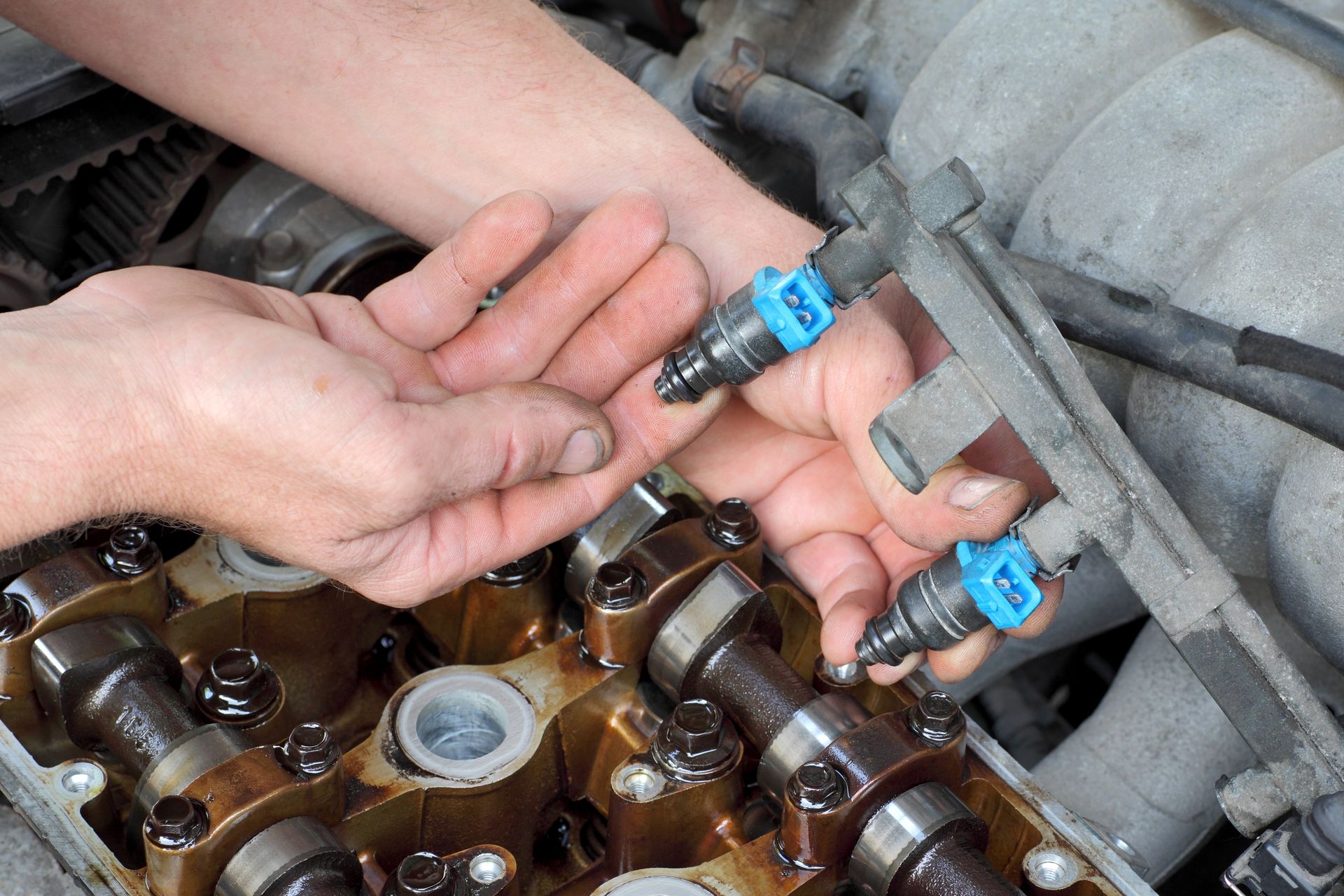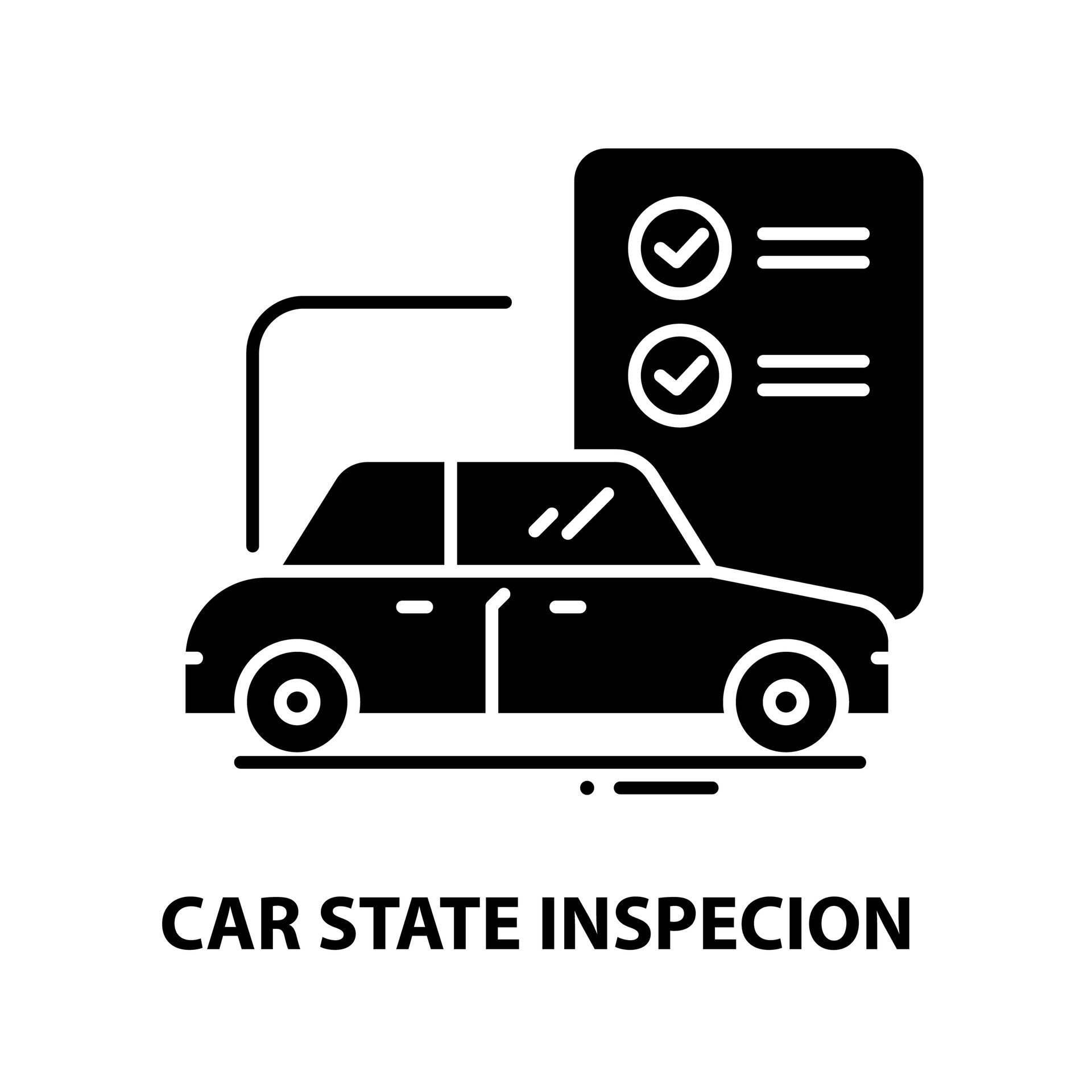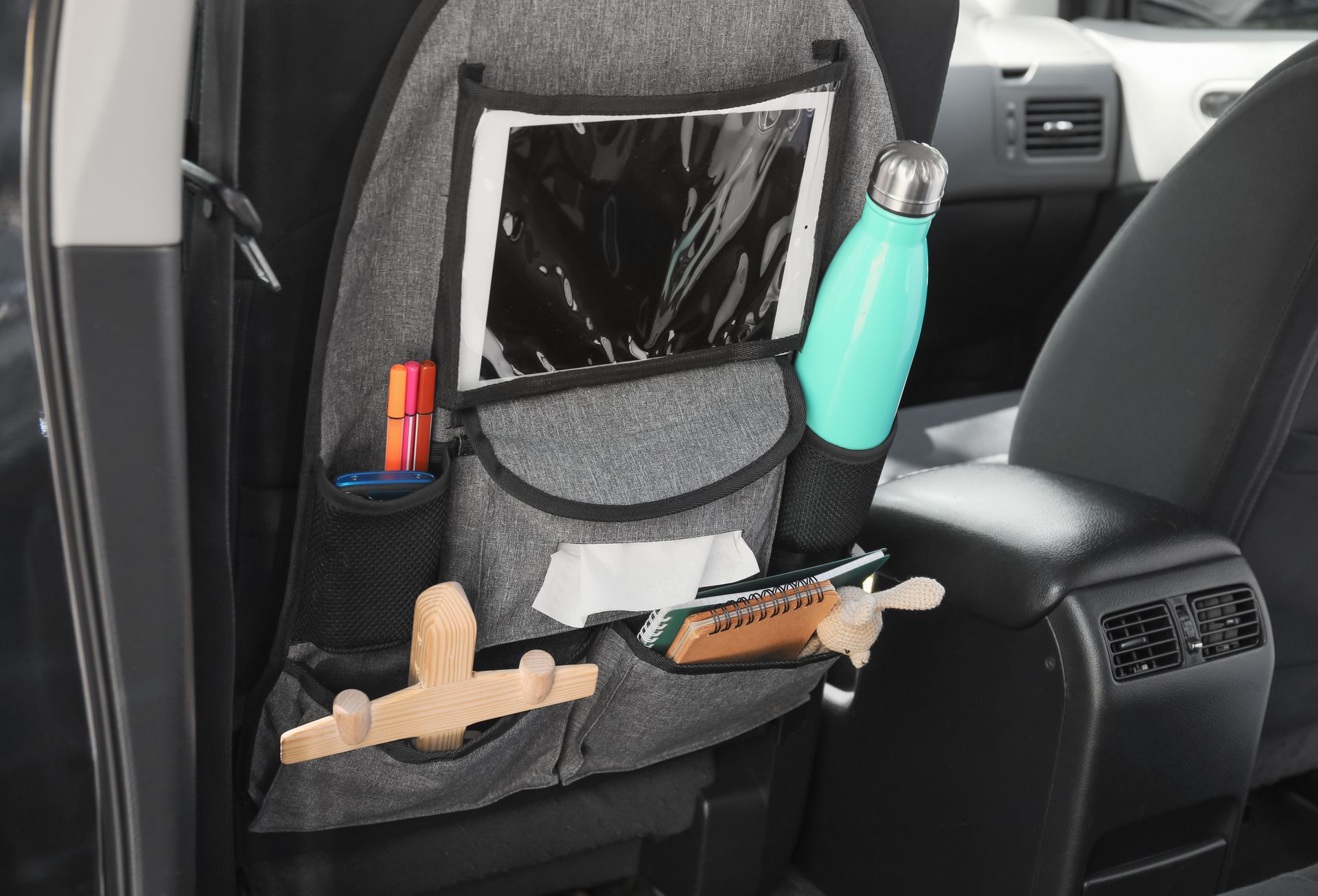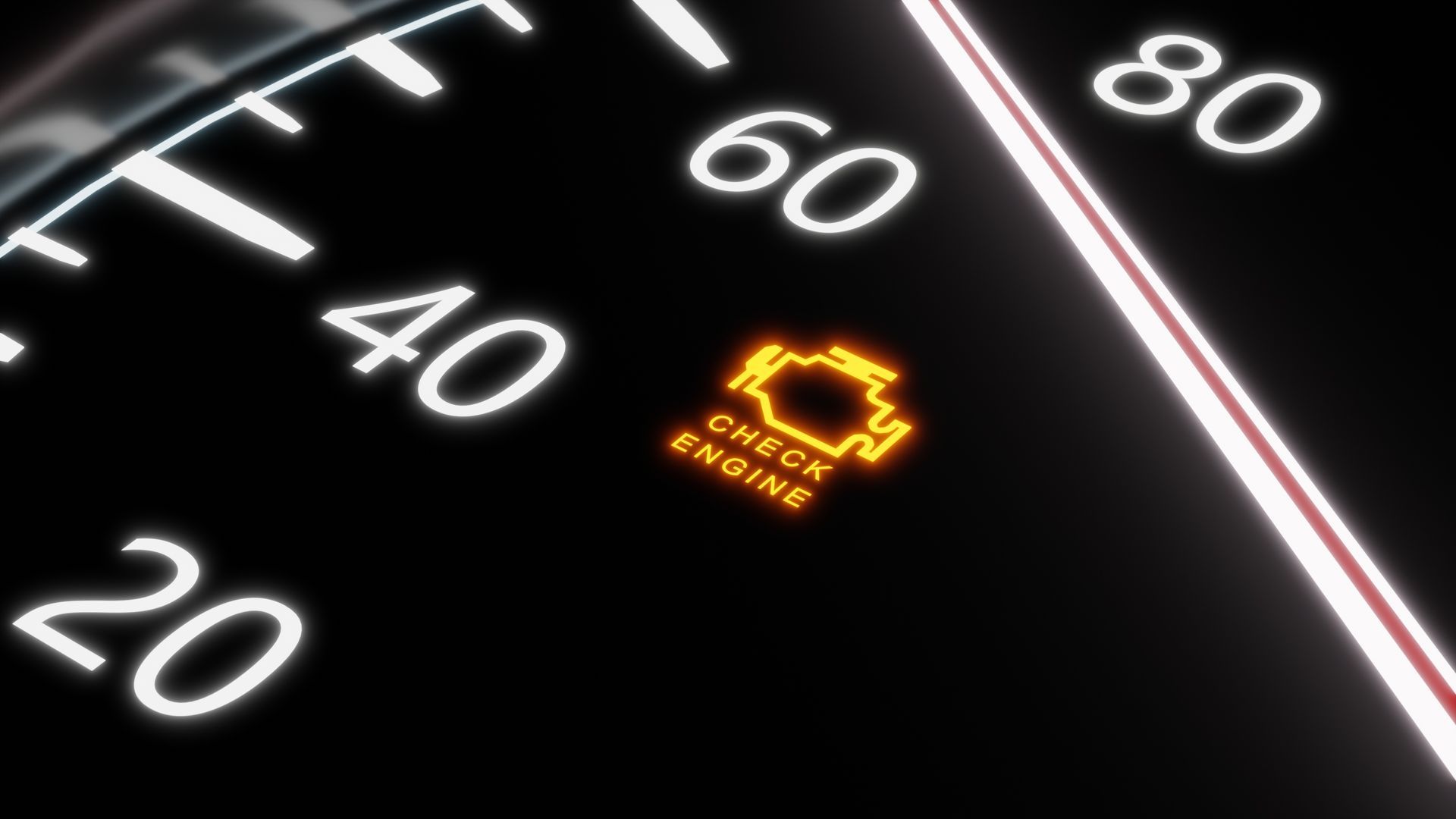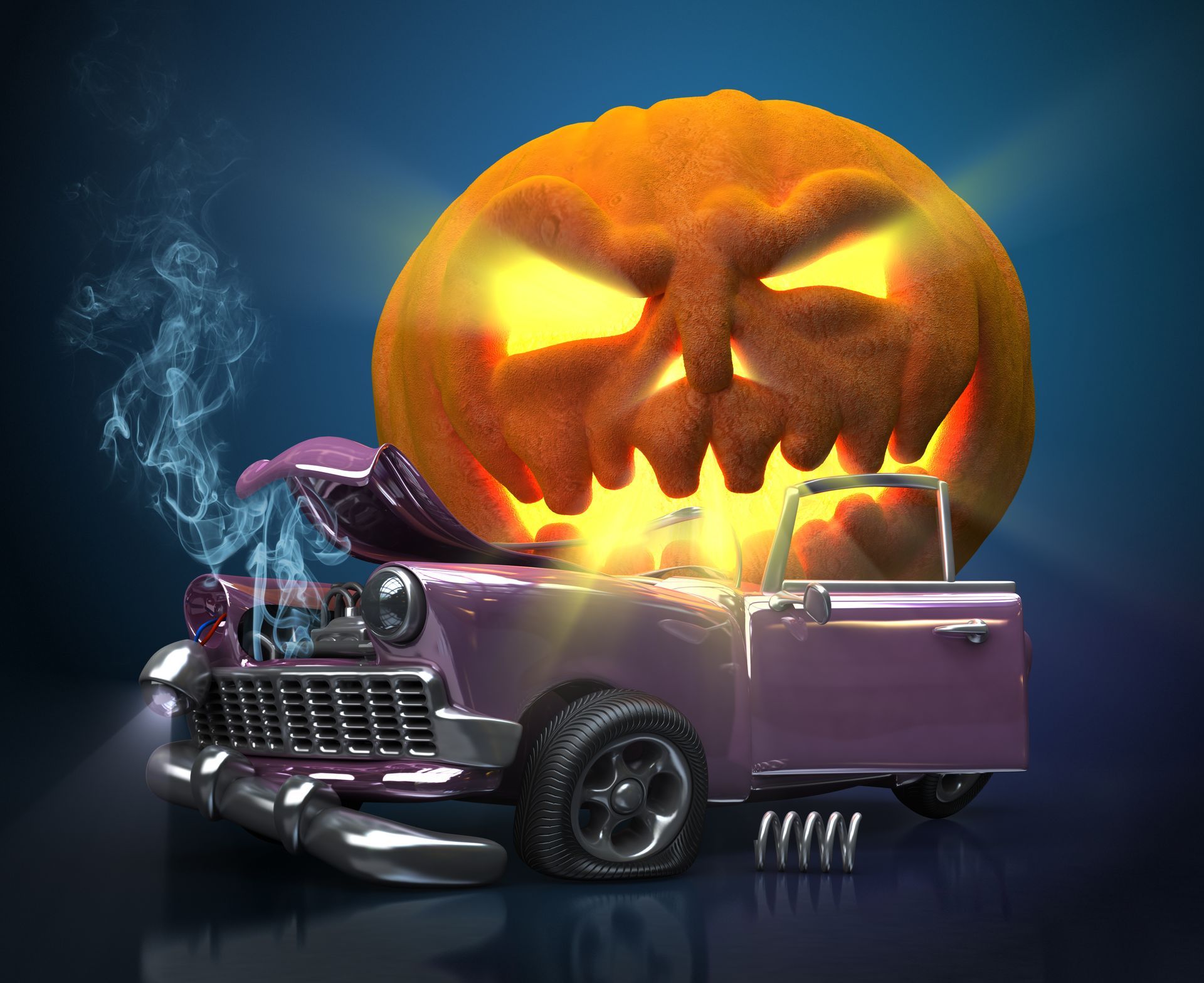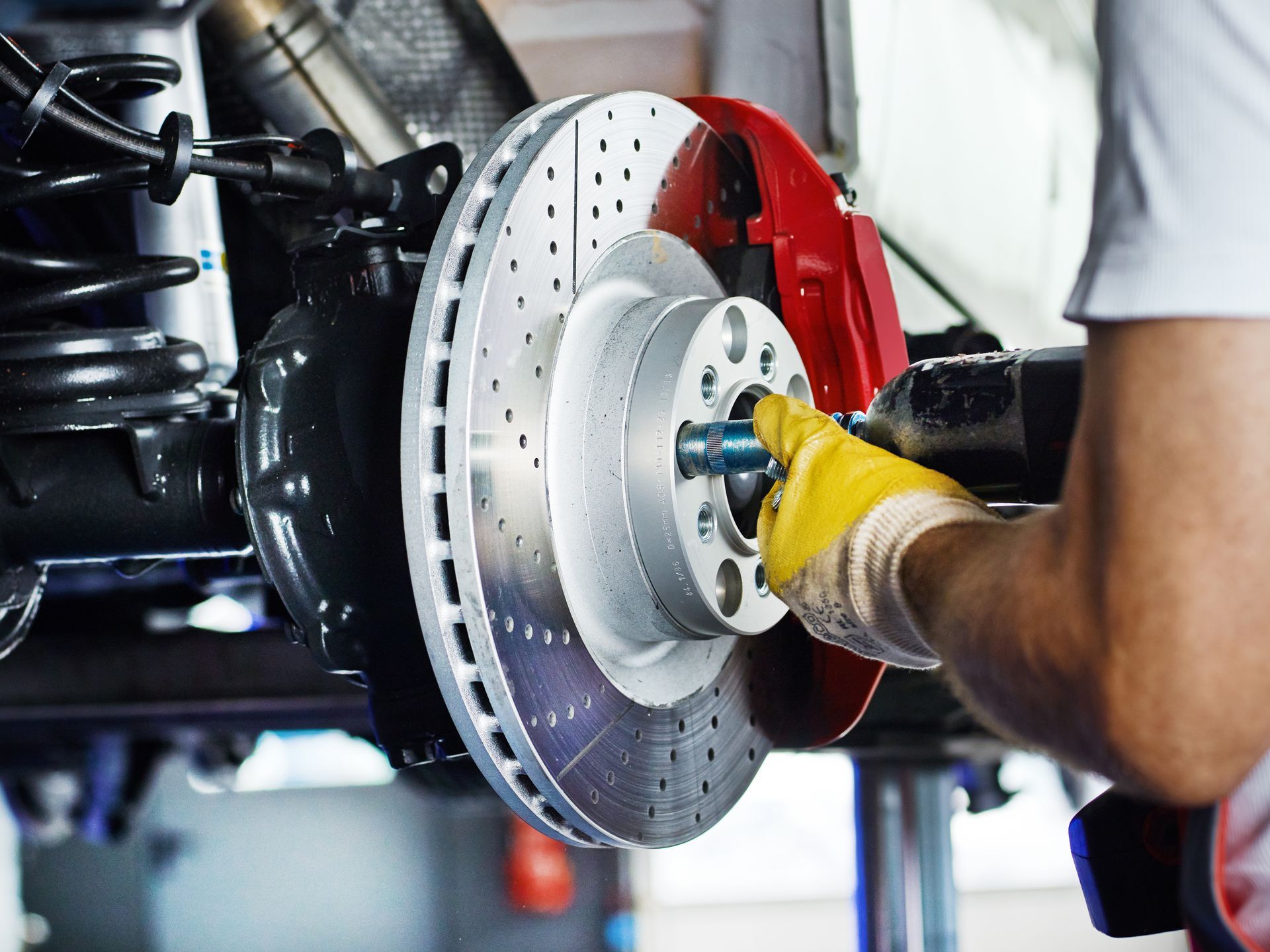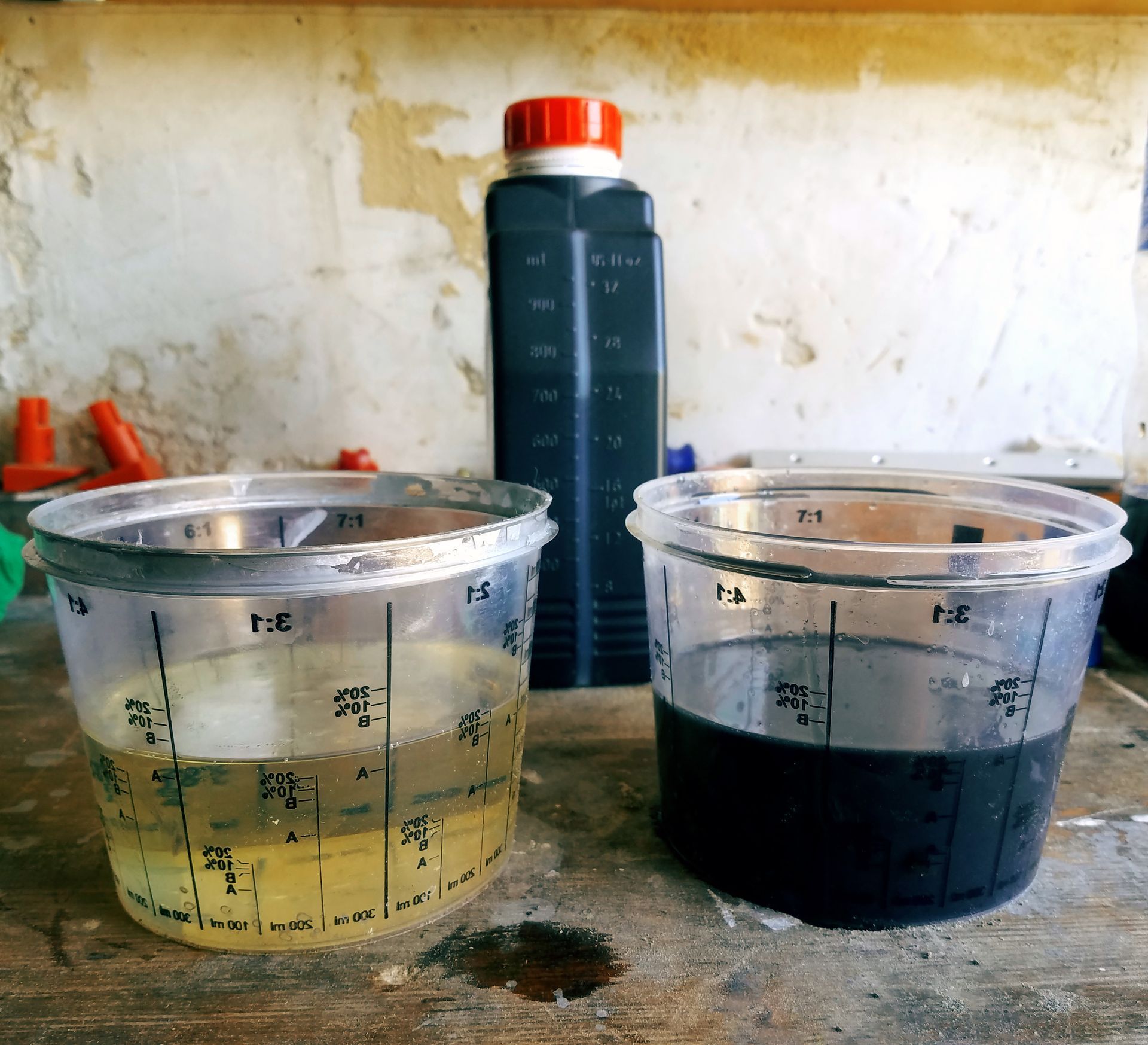Loading ...
Missing business hours data / Error occurred while getting the data.
The Wheels on Your Car Do More than Just “Go Round and Round”
March 10, 2021
The Wheels on Your Car Do More than Just “Go Round and Round”
Your car’s tires may be one of the easiest items to see but their importance is often overlooked. Tires — your only connection to the road — affect the performance and safety of your vehicle in several important ways.
Braking: Your car’s brakes are obviously important, but your tires are just as important for bringing your vehicle to a stop, especially in wet or snowy conditions. Tires with limited tread-life take longer to help your vehicle come to a stop. Most tires have “wear bars” built into the tread, to help you determine if the tread is wearing thin. When the tread and those bars are at the same depth, it’s time to change your tires.
Gas Mileage: Your tires provide necessary road traction, but the physical principle of “rolling resistance” means your tires also contribute to your car’s fuel efficiency. When a tire’s air pressure is low, more tread makes contact with the road. While more contact may seem like a good idea, underinflated tires have multiple negative effects, including costing you more at the gas pump.
Cornering and Comfort: Tires, which support the weight of the vehicle and its occupants through proper air pressure, help reduce discomfort from bumpy roads. When turning the car around a corner or a road curve, the tires provide the grip and stability to successfully navigate such turns. Underinflated or worn-out tires can be a cause for an uncomfortable ride and, more importantly, can limit your ability to safely control your car.
Too Much, Too Little or Just Right: Too much air pressure can also cause your tires to wear unevenly and can reduce your car’s cornering and comfort performance. Too little air pressure also wears the tire tread unevenly; makes it difficult to turn the wheel around a corner; reduces your load capacity, and reduces your gas mileage. To determine the correct tire pressure for your vehicle, look at the label on the inside of the driver’s door jam.
What to Look for:
● Look for tire tread that looks limited or worn unevenly from side to side.
● Look for bubbles, tears or cracks in the sidewall of the tires.
● Observe how inflated the tire looks. One tire may look lower than others.
● If your tire pressure warning indicator lights up on the dashboard, make sure each tire is properly inflated.
● Ask to have your tires rotated at each oil change, to keep the tread wear even around the car and extend the life of the tires.
● Pay attention to how your car feels when driving. If it is shaking or dragging, consult your auto care professional.
Loading ...
Missing business hours data / Error occurred while getting the data.
Loading ...
Missing nap lines data / Error occured while getting the data.


